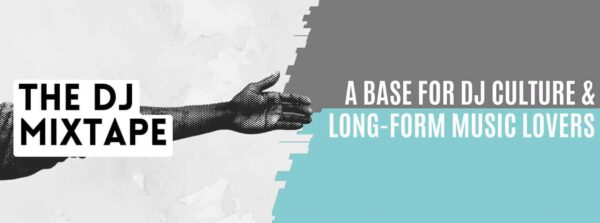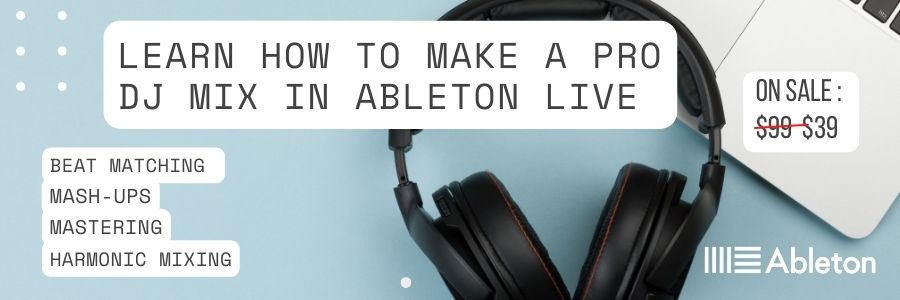In the realm of DJing and music production, understanding how to clear a sample is pivotal. The multifaceted process of sampling adds depth and nostalgia to modern tracks. However, beneath the captivating rhythms and melodies, lies the intricate world of copyright laws that every DJ producer must decipher. The act of clearing a sample is not just an ethical responsibility but a legal necessity. Neglecting it could lead to copyright infringement and its associated repercussions. In this guide, we will walk you through the process of “how to clear a sample,” providing a roadmap to ensure your creative pursuits remain firmly within the bounds of the law.
Identify the Copyright Owners
Before delving into the process of how to clear a sample, you must unveil the identities of the gatekeepers of the musical snippet you aspire to integrate into your work. Samples predominantly fall under two primary categories: composition copyright and master recording copyright.
Composition Copyright: This pertains to the copyright of fundamental musical elements, such as melody, harmony, and lyrics. Typically, the songwriter or the song’s associated publishing company holds this copyright.
Master Recording Copyright: This copyright is specific to the particular recording of a song and is generally owned by either the record label or the artist themselves.
We recommend these steps:
- Search Online: An array of online resources is at your disposal for uncovering copyright information. Websites like the Harry Fox Agency and the US Copyright Office offer extensive databases to facilitate your search.
- Liner Notes: If you possess a physical copy of the recording in question, the liner notes on the album or CD can be a valuable source of information, often listing the copyright holders.
- Contact the Artist or Record Label: In cases where online resources and liner notes yield no results, a direct approach may become necessary. Reaching out to the artist or their record label can sometimes provide the information you seek.

Initiate Contact with the Copyright Holders
Once you’ve identified the copyright holders, the next step in understanding how to clear a sample is to establish contact and request their permission to use the sample. This communication typically transpires via email or phone, and it’s imperative to be clear and respectful in your request.
In your message, include the following details:
- Sample Information: Clearly state the name of the sample you wish to use.
- Sample Length: Specify the duration of the sample you intend to incorporate into your work.
- Intended Usage: Explain how to clear a sample in your composition.
- Track Link: If you have a pre-existing track where the sample is intended to be used, provide a link to it to give the copyright holders a better understanding of how to clear a sample fits into your creative vision.

Negotiate a License Agreement
If the copyright holders respond affirmatively to your request and are willing to grant you permission, the next phase involves negotiating a license agreement. This agreement is a legally binding contract that outlines the terms and conditions of your usage of the sample.
The specifics of the license agreement can vary widely based on the copyright holders’ preferences and the nature of how to clear a sample is intended to be used. Nevertheless, some common elements typically found in these agreements include:
- Royalty Rate: This is the percentage of your earnings from the track that you will need to pay to the copyright holders. The rate is often negotiable and can vary significantly depending on the nature of the sample and the popularity of your work.
- Credit Requirement: In most cases, you will be obligated to give proper credit to the copyright holders. This credit should be included in the liner notes of your release and must accurately acknowledge the copyright owners.
- Usage Restrictions: Copyright holders may impose specific restrictions on how to clear a sample can be used. These restrictions can encompass various aspects, including whether you can incorporate the sample into live performances or synchronize it with video content.

Sign the License Agreement
Once both parties have agreed on the terms of the license agreement, the final step in understanding how to clear a sample is to sign the contract and return it to the copyright holders. This formalizes the agreement and grants you the legal right to use the sample in your track.
Final Thoughts
Navigating the process of clearing a sample may seem like a daunting and intricate endeavor. Nevertheless, comprehending how to clear a sample is an essential step in preserving the integrity of your creative work and avoiding the legal pitfalls of copyright infringement. By following the steps outlined above, you can navigate this complex terrain with confidence, ensuring that your music not only sounds good but also remains firmly on the right side of the law.
Additional Tips for DJ Producers: How to Clear a Sample Successfully
- Start Early: The sample clearance process can be time-consuming and occasionally protracted. Initiate the process well in advance of your intended release date to avoid unnecessary stress.
- Be Professional: In all your interactions with copyright holders, maintain a professional and courteous demeanor. Clearly convey your intentions and your passion for their work.
- Be Flexible: Copyright holders may have specific requirements and conditions for sample usage. Be open to negotiation and willing to compromise to reach an agreement that benefits both parties.
- Be Patient: Patience is a virtue when it comes to understanding “how to clear a sample.” The process can be lengthy and may require follow-ups and persistence, but the legal and creative integrity of your work is worth the effort.
Alternative
If you really don’t fancy going down the route of clearing a sample, there is actually an alternatives to bear in mind.
Undoubtedly the best and as far as we know the only service of its type. TrackLib actually has a library of commercially released music which has been licensed by them to sample and use in your own music.
They run on quite a reasonable subscription based service so go and check them out.
If you found this blog useful then go check out our Guide To Sampling Here:

FAQ: Clearing a Sample

What is the importance of clearing a sample in music production?
Clearing a sample is essential to avoid copyright infringement. It grants you legal permission to use someone else’s music in your work, ensuring you can release your music without facing legal issues.
How can I determine who owns the copyrights for a sample?
You can start by searching online resources like the Harry Fox Agency and the US Copyright Office. Additionally, check liner notes on physical copies or directly contact the artist or record label for information on copyright ownership.
What should I include in my request to the copyright holders for sample clearance?
In your request, clearly state the sample’s name, specify its length in your composition, explain how you plan to use it, and provide a link to your track if applicable. Being concise and respectful is crucial.
What factors should I consider when negotiating a license agreement for sample clearance?
Negotiations may involve discussing the royalty rate (percentage of earnings paid to copyright holders), credit requirements (how to acknowledge them in your work), and any usage restrictions (limitations on live performances or video synchronization).
Is it advisable to start the sample clearance process early?
Yes, starting early is recommended. The clearance process can be time-consuming and may require negotiation and follow-ups. Beginning well in advance of your intended release date helps you avoid unnecessary stress and delays






